May 2025
Welcome to Space Station Spotlight, a monthly newsletter from the ISS National Laboratory®. Here’s where you can find all the latest R&D happenings on the space station, see what our partners are up to, and learn how to elevate your research to new heights by leveraging the unique space environment.
What’s new at the ISS National Lab?
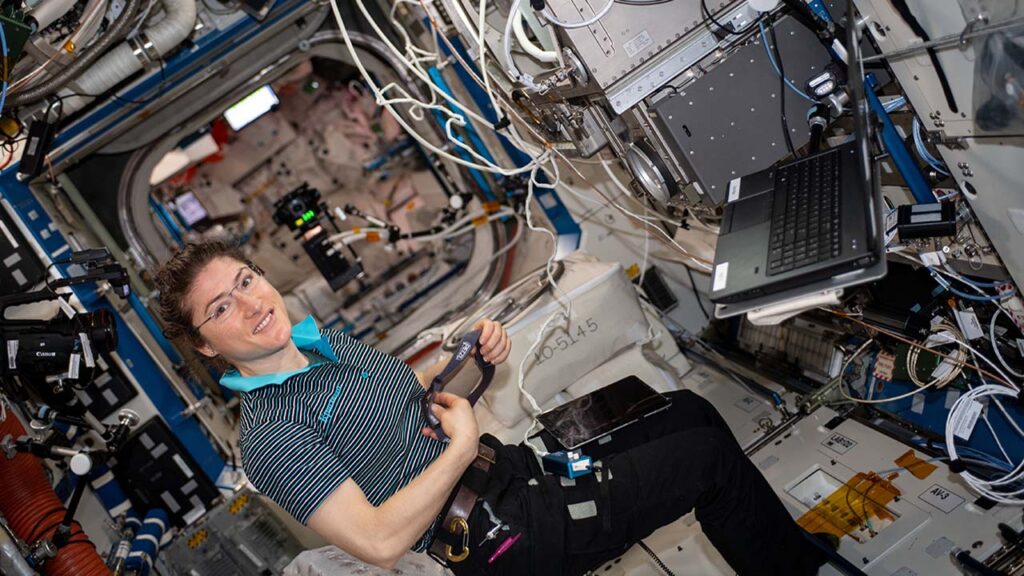
In the piece, which is also part of the ISSInternational Space Station National Lab “Forging the Path” series, Mark Gittleman discusses the risk of the U.S. losing leadership in low Earth orbit(Abbreviation: LEO) The orbit around the Earth that extends up to an altitude of 2,000 km (1,200 miles) from Earth’s surface. The International Space Station’s orbit is in LEO, at an altitude of approximately 250 miles. (LEO). He highlights that a reduction in ISS resupply missions threatens to reverse progress in building a robust LEO economy. Read the full article.
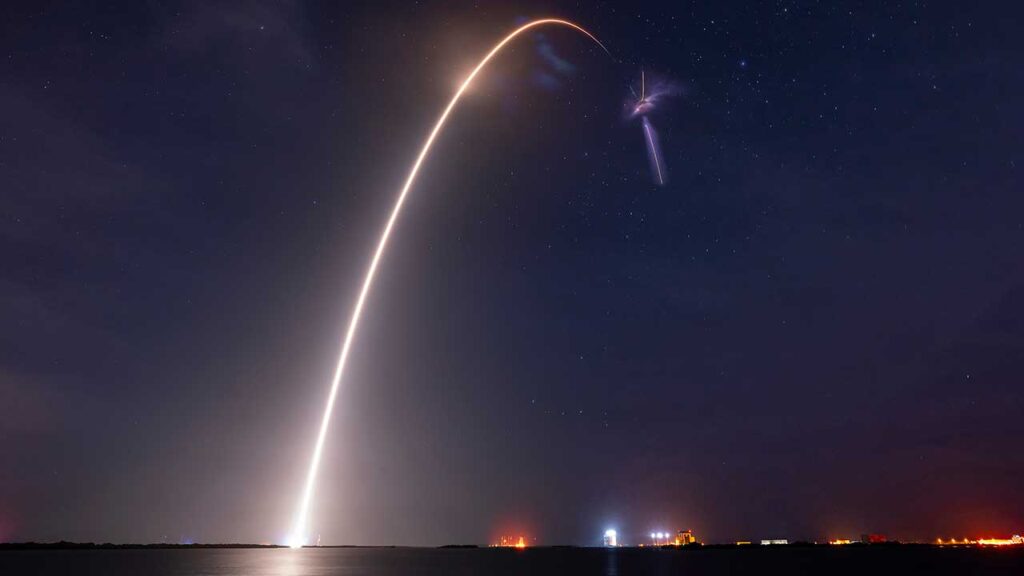
Multiple investigations funded by NSF returned on the mission, including a project aiming to enable the next generation of portable devices for virus detection. Find out more.

Samples from the Extant Life Volumetric Imaging System (ELVIS)—a new holographic microscope on the ISS—returned to Earth on NASA’s recent SpaceX resupply mission. Results could help enhance the search for life on other planets. Learn more about ELVIS.

How do soccer balls and chocolate chip cookies contribute to our understanding of science? Check out the photo essay to find out!
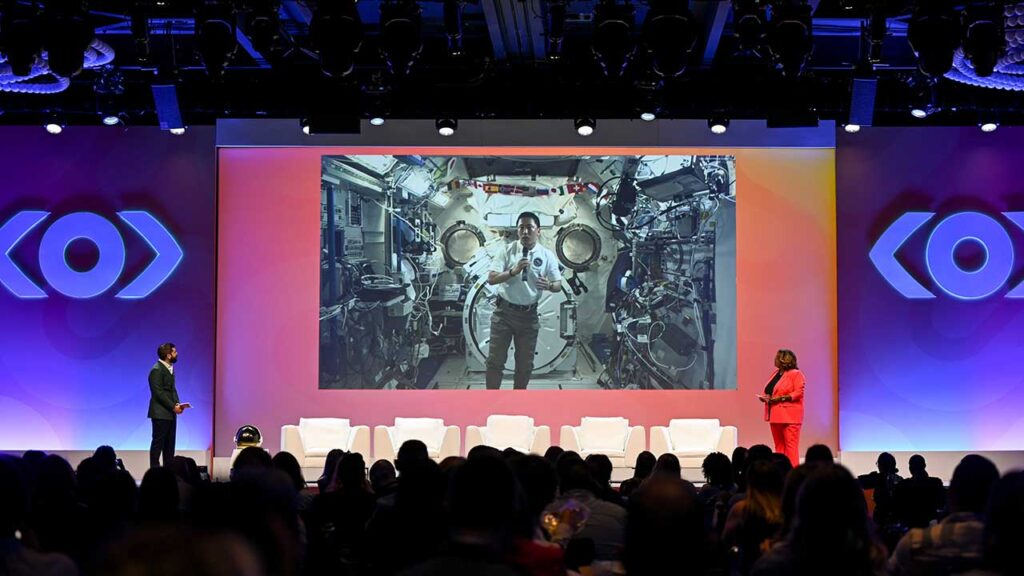
In the piece, ISS National Lab public affairs and outreach lead Patrick O’Neill shares his perspective on how far space-based research has progressed over the past 13 years. Read, Orbiting Back: A Full-Circle View of the Evolving Space Research Landscape.
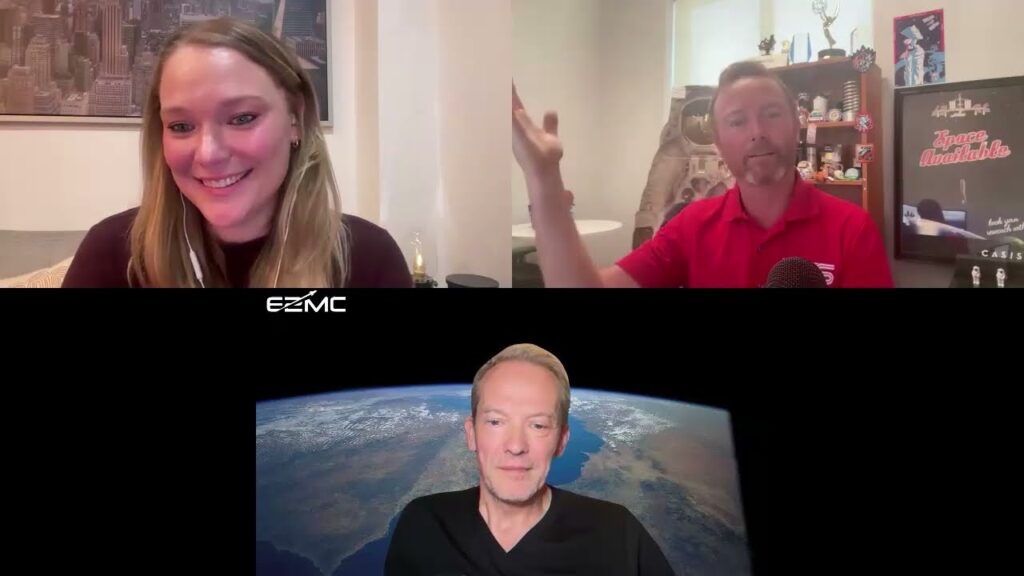
Tune in to Between a Rocket & a Hard Space, the official ISS National Lab podcast.
Episode 3: The Business of Space features:
- Jackie Wattles, Space & Science Writer at CNN
- Raphael Roettgen, Founder of E2MC Ventures
Partner News
BioServe Space Technologies launched its 100th mission to the space station. Based at the University of Colorado Boulder, BioServe has helped enable hundreds of investigations across biomedical science, materials research, and technology development.
Redwire’s Kenneth Savin was honored by TIME for advancing space-based health innovation. Savin, chief scientist at Redwire Space, was named one of TIME’s 100 Most Influential People in Global Health—a powerful recognition of the impact space-based research has on human health here on Earth.
Voyager Technologies filed paperwork to go public. The company, previously known as Voyager Space, owns a portfolio of defense and space businesses, including ISS National Lab implementation partners Nanoracks and Zin Technologies. The company is also a majority owner in Starlab, a global joint venture developing a commercial space station projected to cost between $2.8 and $3.3 billion, with a targeted launch in 2029.
David Gallagher was appointed as director of NASA’s Jet Propulsion Laboratory (JPL). The lab’s previous director, Laurie Leshin, stepped down earlier this month. Gallagher has been at JPL for 36 years and held several positions at the lab. Most recently, he served as JPL’s associate director for strategic integration.
NASANational Aeronautics and Space Administration astronauts performed a spacewalk to prepare the ISS for new solar arrays. During the spacewalk, two crew members moved an antenna and assembled hardware for the seventh pair of ISS Rollout Solar Arrays. The new arrays, which will boost electricity generation by up to 30 percent, are scheduled to arrive on a SpaceX resupply mission for NASA later this year.
Vast plans to complete primary structure production for its Haven-1 space station in July. The company aims to launch Haven-1 in May 2026, making history as the first commercial space station.
Varda successfully returned its third space capsule from orbit. The company’s W-3 reentry capsulelanded in South Australia after spending more than eight weeks in orbit. This comes on the heels of Varda’s successful W-2 landing in February.
London-based company Sen is providing live, 24/7 views of Earth from the ISS. Through a live 4K video, the company hopes to allow more people to experience the beauty of our planet from space—something usually reserved for astronauts.
INVESTMENT NEWS
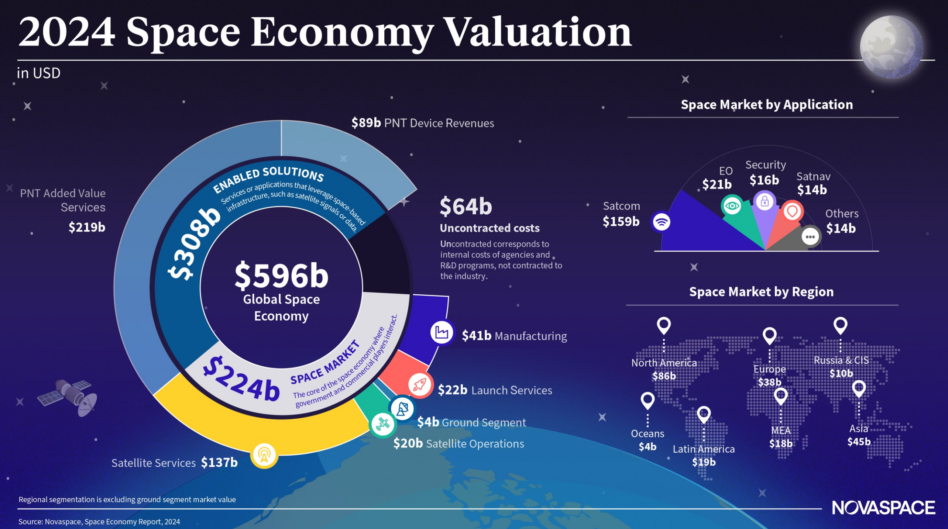
Media Credit: Novaspace
A new report predicts the value of the space industry will reach $944 billion by 2033. If the predictions in the Novaspace report are accurate, the space industry is expected to grow by 1.5 times in under 10 years. Currently, the U.S. dominates the space market; however, this could change as government funding for space is growing at a faster rate in Europe and China than in the U.S., which is considering the largest NASA funding cut in the country’s history.
Results
The most recent issue of Upward, official magazine of the ISS National Lab, is online. Explore valuable findings from space-based R&D—download the current and past issues here.
ISS research is helping accelerate regenerative therapies to reverse heart damage. Emory University researchers are studying cardiac cells in space to improve treatment for heart disease, the leading cause of death in the U.S. The insights gained could make the production of cardiac cells for regenerative therapies more efficient. It could also enable the production of cells that are better able to survive when transplanted into damaged heart tissue. Read more in the Upward feature “Celestial Cells.”
Eascra Biotech was awarded funding to advance its space-based research to commercialization. The startup has conducted five ISS investigations to improve the production of nanomaterials for treating diseases like osteoarthritis and cancer. Eascra was awarded $100,000 in Stage I funding through the SBIR Targeted Technologies grant program, which helps startups convert R&D into viable companies. Learn more about the team’s exciting research in the latest issue of Upward.
Results related to an ISS National Lab-sponsored project were published in a high-impact journal. In their NSF-funded project, researchers at Johns Hopkins University and the University of California, Berkeley leveraged microgravityThe condition of perceived weightlessness created when an object is in free fall, for example when an object is in orbital motion. Microgravity alters many observable phenomena within the physical and life sciences, allowing scientists to study things in ways not possible on Earth. The International Space Station provides access to a persistent microgravity environment. to study how tiny particles attach to liquid droplets. Such droplets have many important uses in areas like advanced materials production and environmental monitoring. The team’s results were published in the Journal of Colloid and Interface Science.
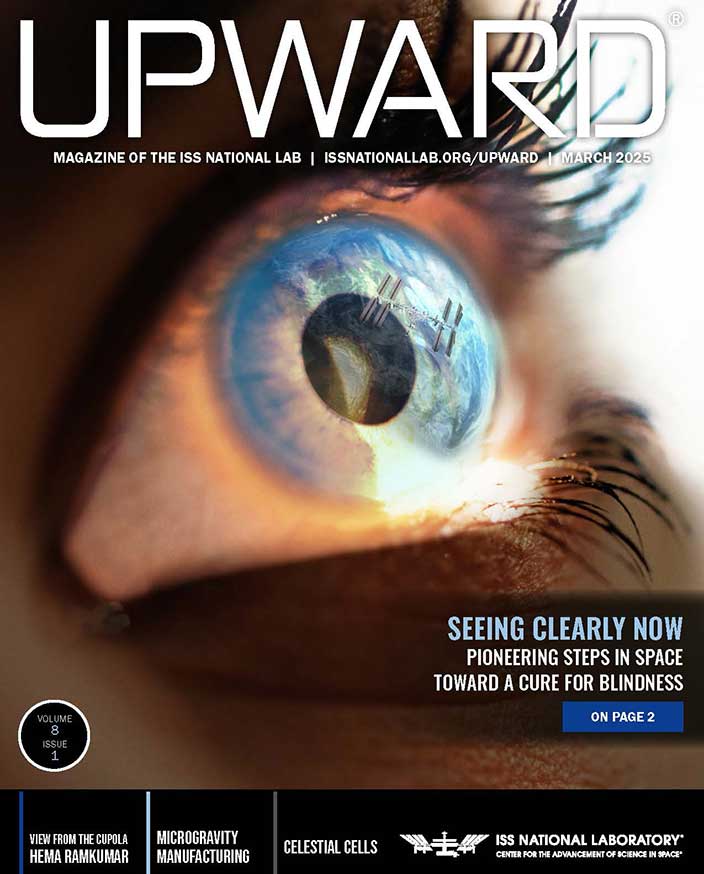
Register for ISSRDC
Registration is now open for the 2025 ISS Research and Development Conference in Seattle, July 28-31. Join us for the 14th annual ISSRDC(Abbreviation: ISSRDC) The only conference dedicated exclusively to showcasing how the International Space Station is advancing science and technology and enabling a robust and sustainable market in LEO. This annual conference brings together leaders from the commercial sector, U.S. government agencies, and academic communities to foster innovation and discovery onboard the space station. ISSRDC is hosted by the Center for the Advancement of Science in Space, manager of the ISS National Lab; NASA; and the American Astronautical Society., the only conference dedicated exclusively to showcasing how the ISS is advancing science and technology development. Register today.
Make a Stellar Impact With a Donation to the ISS National Lab
Want to make an impact and support science in space for the benefit of humanity? Click here to donate online, make a gift of crypto or stock, or contribute through your donor-advised fund.

